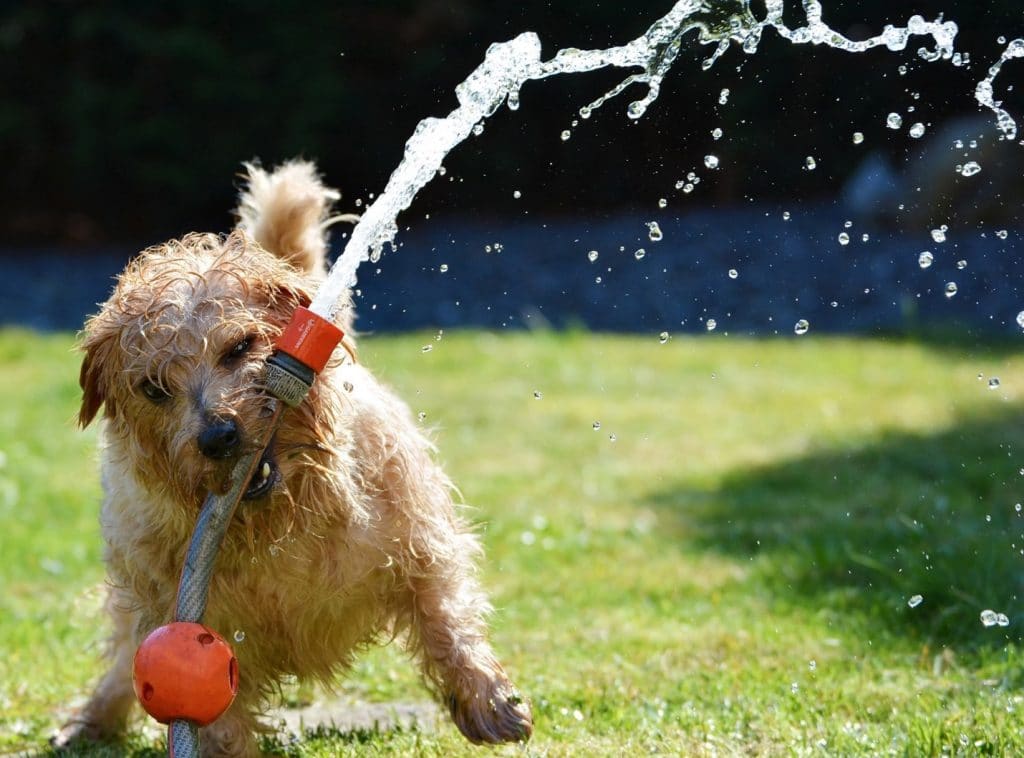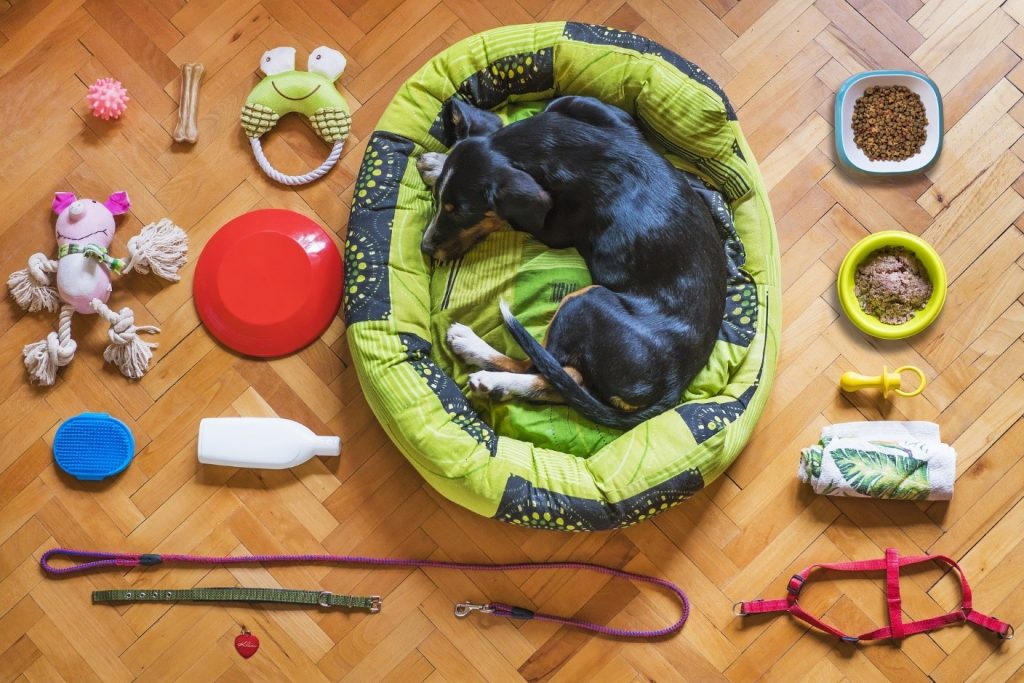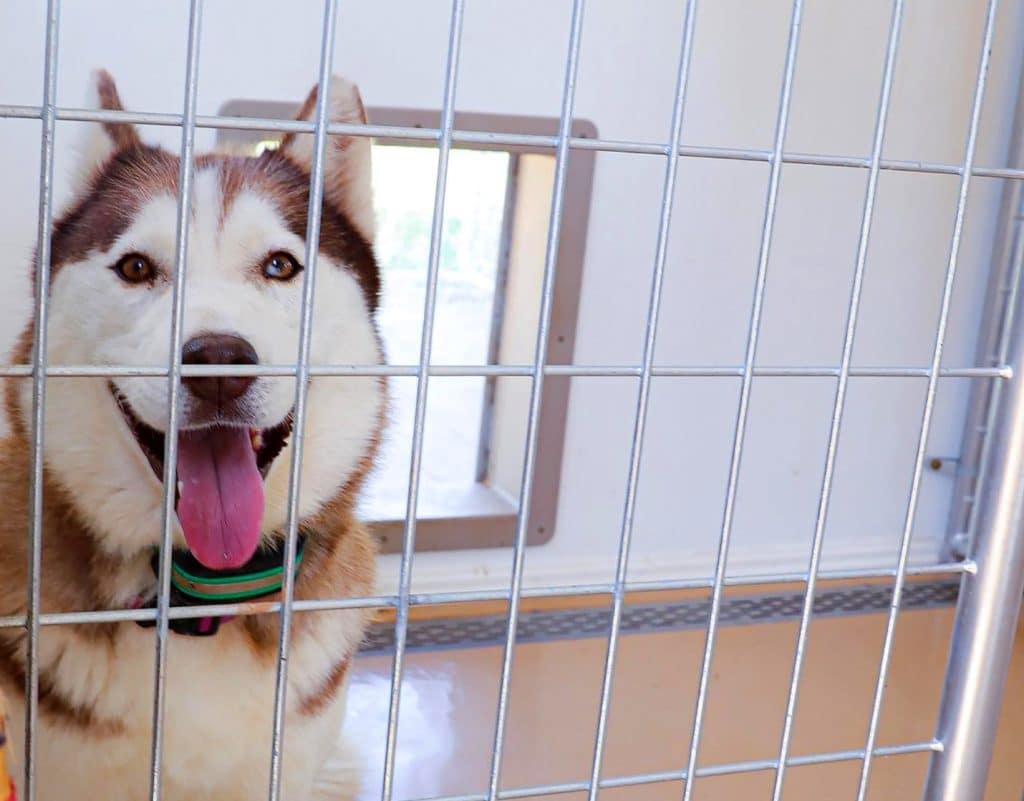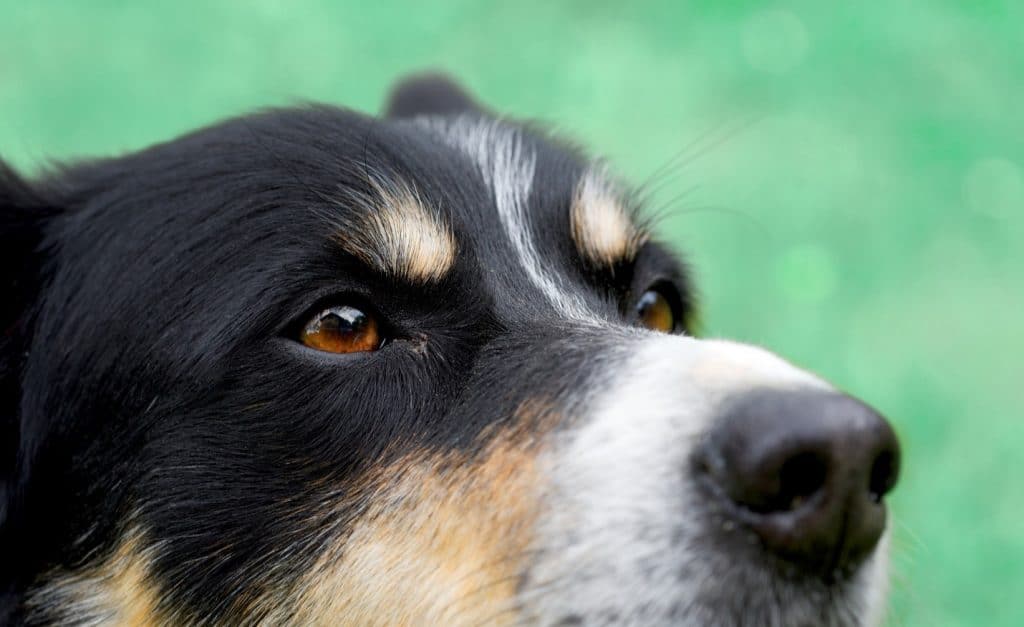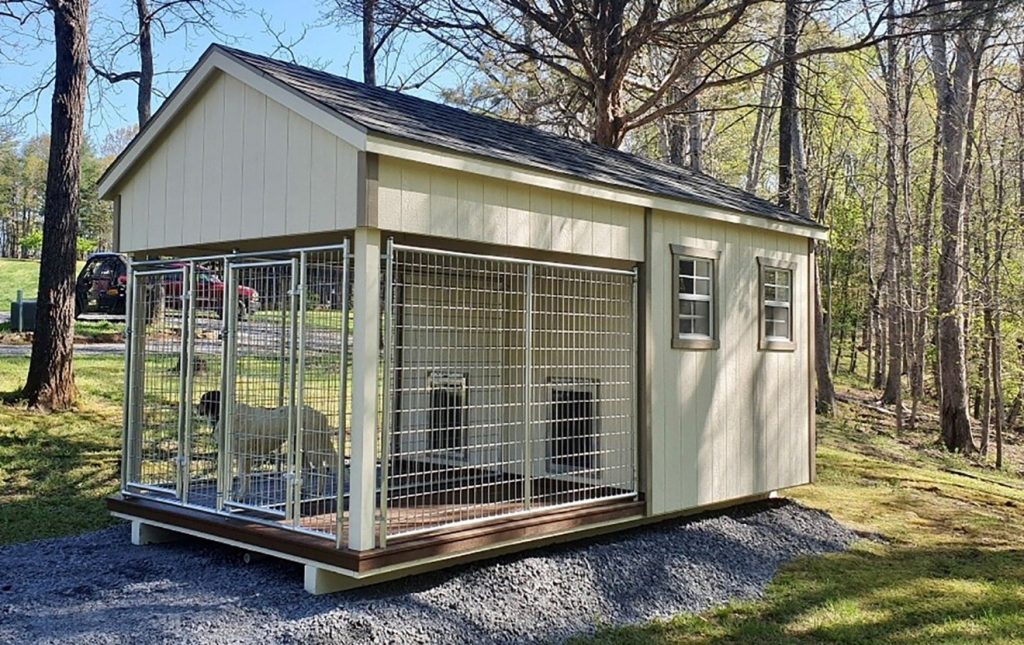Image Courtesy of Pixabay
Spring is the perfect time to reorganize, clean and refresh your home while getting rid of the dust and clutter that tends to accumulate over the winter. However, spring cleaning doesn’t just have to be for your home, it can also be for your dog’s home as well.
There is no better time than the spring to get in and deep clean your dog’s outdoor kennel. Whether you have a single dog in your home’s kennel, or operate a commercial kennel, keeping a clean space is of the utmost importance.
Here are our top 6 easy quick and clean kennel spring cleaning tips that can keep your pet’s home clean, sanitary and healthy for your dogs.
1. Start With a Deep Clean
If you really want to deep clean your dog’s outdoor kennel for spring, the first thing you should do is to get everything out of their kennel. This means everything. Cots, supplies, extra leashes, beds. Take each individual item out and clean it. Sometimes, when it comes to dog kennels, owners only pay attention to the big areas.
However, small items, sleeping surfaces and other products in the kennel can get dirty, hold bacteria and smells or they may become unsafe. Plus, when you remove everything from the kennel, it makes it much easier to hose down these spaces.
Once you have everything out of the kennel, you also have the opportunity to check your space for cracks, chipped paint or any other small repairs you may need to make.
Images Courtesy of Pixabay
2. Organize and Your Dog Supplies
Everything out of the kennel? This not only makes it a great time to clean all of these items, but it also gives you the opportunity to clean our and organize everything that is in your kennel. Whether you are storing leashes, food, grooming supplies, or anything in between—this is a great time to reorganize everything in the kennel.
This will help you take inventory of what you have (or don’t have) in your kennel so you can keep this outdoor space well-organized and as functional as possible.
3. Check Your Concrete
A lot of kennels are placed on or around concrete slabs. When you are cleaning your kennel, make sure to inspect any of the concrete that may be around your kennel. Damage from freeze-thaw cycles can cause concrete to expand and eventually crack. If you use salt to melt ice around the concrete, it can also attract water and cause cracks.
If you have a lot of cracks in any cement around your kennel, it can actually be an open invitation for insect and rodent problems. This is why it is so important to repair cracks in any cement around your kennel.
Just use a scraper to put epoxy in any damaged areas and seal up holes and cracks which will prevent additional damage.
4. Disinfect Thoroughly
Real cleaning isn’t just about sweeping out dust, debris and dog hair. It is also about disinfecting your kennel space so it stays safe and healthy for dogs. Organic materials such as soil and urine can actually decrease the effectiveness of many products, so it is important to use the right cleaning product.
Bleach is an effective disinfectant, but make sure to not overdo it. The best cleaning agent will be a diluted bleach (1 cup of bleach per 5 gallons of water). However, once you use this mixture to clean your dog’s kennel, make sure to rinse completely with water This is because bleach can be corrosive to your dog’s skin and paw pads.
5. Double Check Your Dog Doors
The dog doors on your kennel are an important part of your structure. However, because they get a lot of use, dog doors tend to show wear and tear. A lot of dog doors aren’t chew-proof or resilient.
Check on your dog doors, make sure there aren’t cracks or gaps that could injure your dog. While you are checking these doors, make sure that you are using a disinfectant spray to keep the doors super clean—it will only help them stay sanitary and last even longer.
Of course, this is also why we offer upgraded dog doors with stainless steel edging that can withstand the efforts of even the most aggressive chewers.
6. Check Your Grooming Tubs and Sinks
If you have an upgraded kennel with a grooming tub or sink, make sure to pay close attention to this area. Grooming is such an important component of housing multiple dogs, which is why we have this upgrade available for our commercial kennels.
Check the piping and the faucet and under the tub to make sure that there are no leaks that need to be repaired. Leave the water running to make sure that there isn’t so much dog hair in the drain that it has created a clog. This way you will know if you need to snake the drain or call a plumber so it doesn’t cause a more serious issue.
After giving your sink or tub a good deep clean, use caulking to seal the edges of your tub to keep it in tip-top shape.
Here at Horizon Structures, we know that there is a lot that goes into cleaning your dog’s kennel, but that it all starts with the right structure. This is why we have created kennels made with premium materials designed with easy cleaning in mind. We know that in addition to having a functional kennel, a clean and sanitary structure is just as important.
We hope you keep these cleaning tips in mind so you can continue to keep your dog’s home the safe and healthy space it was designed to be.


